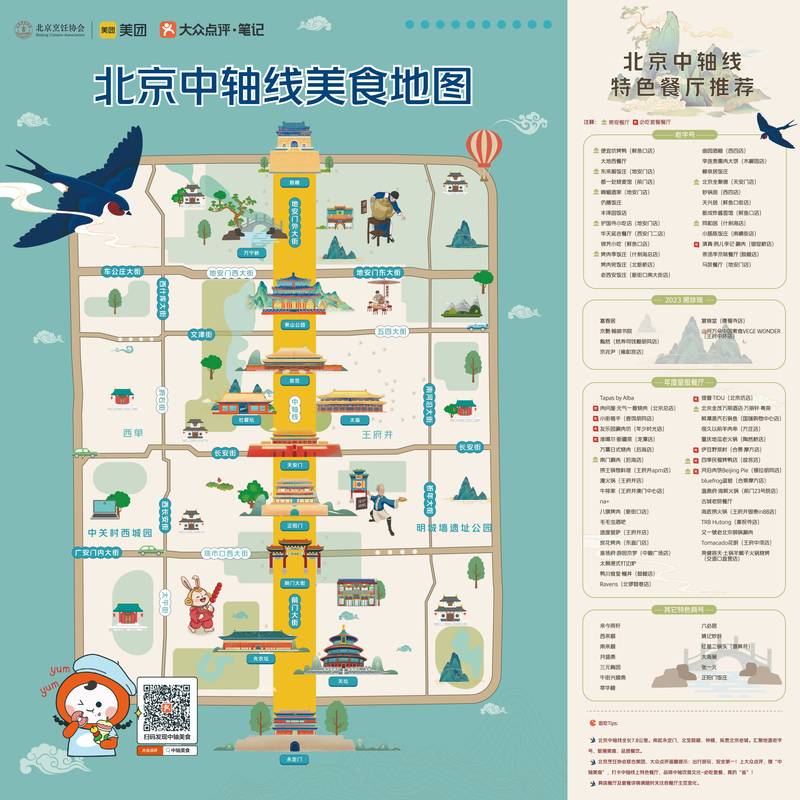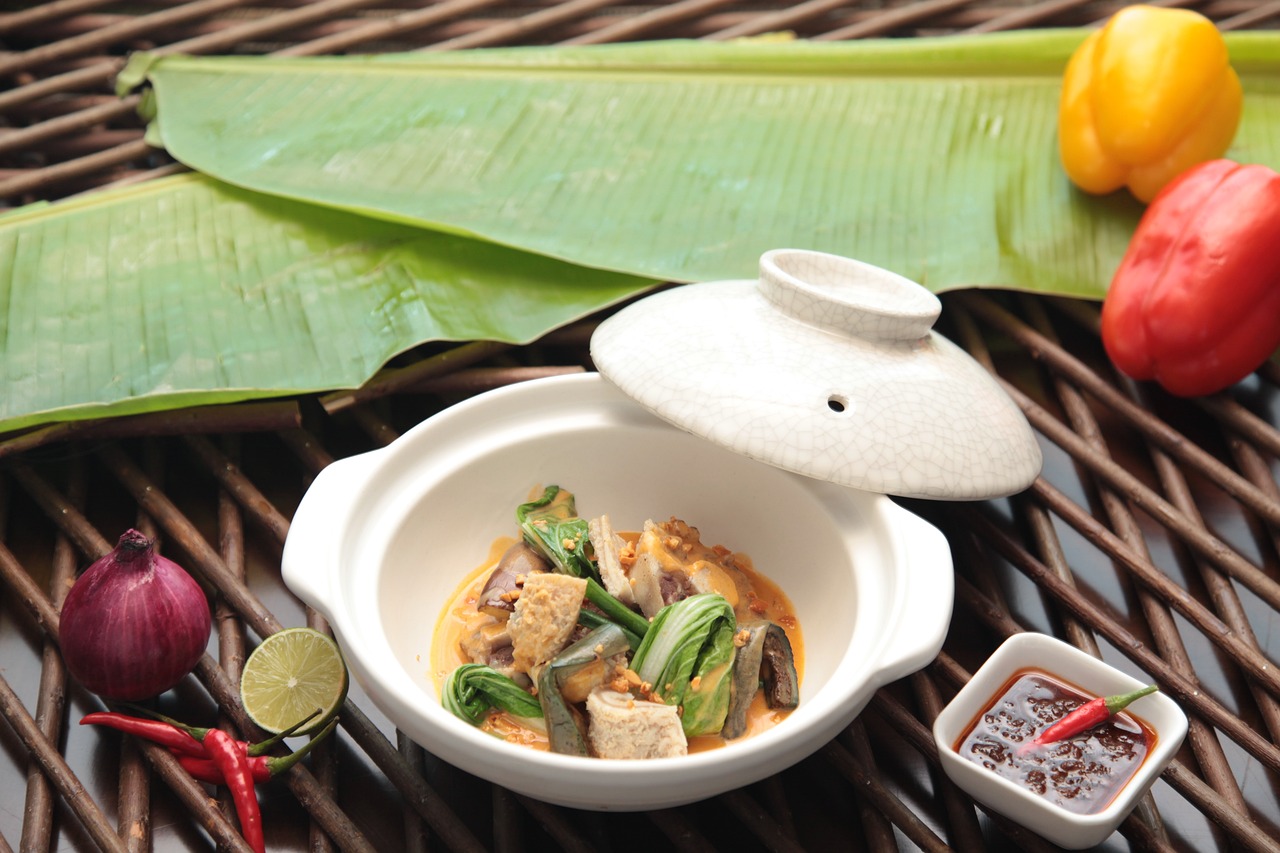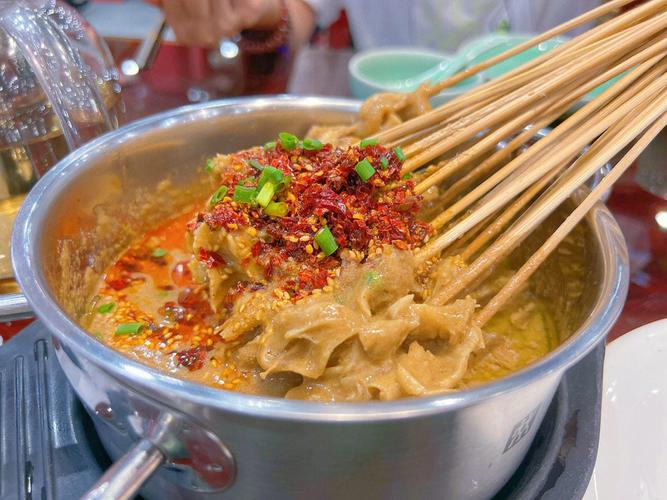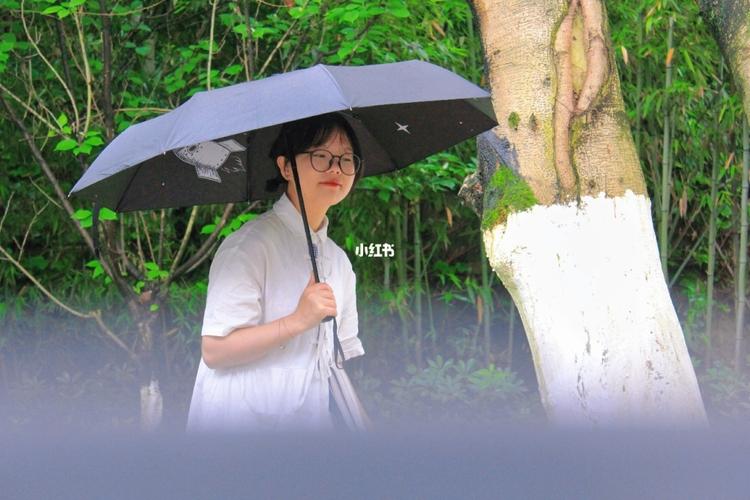Designing a gourmet map for Beijing involves considering various factors such as the diversity of cuisines, popular food destinations, and the unique culinary experiences the city has to offer. Here are some key elements to consider:
1. Culinary Diversity
Beijing is renowned for its diverse culinary offerings, ranging from traditional Chinese cuisines to international flavors. When designing the gourmet map, it's crucial to showcase the wide range of options available, including Peking duck, hotpot, dumplings, noodles, and international cuisines such as Italian, Japanese, and Indian.

2. Iconic Food Destinations
Highlighting iconic food destinations in Beijing is essential for tourists and locals alike. This could include famous street food markets, historic restaurants, and modern dining establishments. The gourmet map should feature wellknown food streets such as Wangfujing Snack Street, Ghost Street, and Nanluoguxiang, along with renowned restaurants like Quanjude for Peking duck and Dianke Dianlai for hotpot.
3. Cultural and Historical Context
Incorporating the cultural and historical context of Beijing's culinary scene adds depth to the gourmet map. This could involve including historical landmarks, traditional hutong dining experiences, and insights into the significance of certain dishes in Chinese culture. For example, providing information about the origins of certain foods or the role of food in traditional Chinese festivals can enhance the map's cultural value.
4. Interactive Features
Integrating interactive features into the gourmet map design can enhance user experience. This may involve creating a digital map with clickable icons that provide detailed information about each restaurant or food destination. Additionally, incorporating user reviews, ratings, and suggested food tours can make the map more engaging and userfriendly.
5. Seasonal and Specialty Foods
Beijing's culinary scene is influenced by seasonal specialties and unique food items. Incorporating information about seasonal delicacies, food festivals, and specialty dishes specific to certain regions of Beijing can provide visitors with a comprehensive understanding of the city's food culture throughout the year.
6. Navigational Clarity
The map should be designed with clear and intuitive navigation to help users easily locate different food districts, restaurant clusters, and individual dining establishments. Utilizing colorcoded sections for various types of cuisine or dining experiences can aid in navigation and make the map visually appealing.
7. Sustainability and Ethical Dining
Considering the growing interest in sustainability and ethical dining practices, the gourmet map can include information about ecofriendly restaurants, organic food markets, and establishments that support local producers and ethical sourcing. This aligns with contemporary dining trends and caters to visitors with specific dietary preferences and ethical considerations.
8. Integration with Local Events
Integrating the gourmet map with local food events, culinary workshops, and foodrelated activities can make it a dynamic resource for food enthusiasts. Providing updates on food festivals, cooking classes, and themed dining experiences can encourage engagement and promote ongoing interest in Beijing's food scene.
By incorporating these elements into the design of a gourmet map for Beijing, visitors and locals can navigate the city's diverse culinary landscape with ease, discover new dining experiences, and gain a deeper appreciation for the rich food culture that Beijing has to offer.











